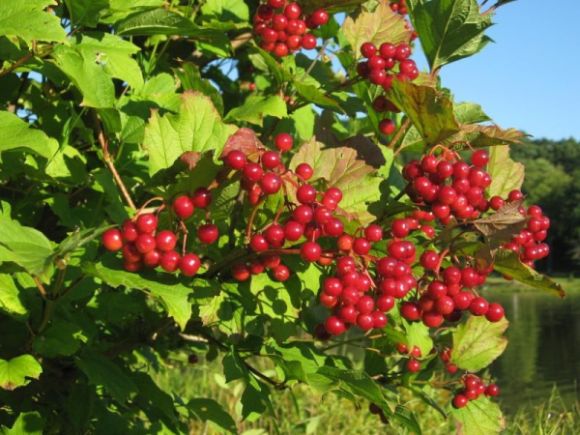
Plants have many strategies for dispersing their fruits. Here’s one that’s quite ingenious.
First, wrap the seed in a very sour, very hard pulp. Then wrap the pulp in a colorful covering that lasts a long time. The fruit is so hard and sour that no one will eat it. So why bother making fruit?
Ah, but wait. As fall turns to winter, frost breaks down the pulp and takes the extreme sour edge off the fruit. At this point the birds who remain through the winter have something to eat.
Theoretically this strategy of feeding winter birds would guarantee the seeds don’t disperse far, but the plant has spread thanks to people. In colonial times we figured out how to add sugar and make jams and jellies from it, and we like its color so much that we plant it as an ornamental.
Quite a success story for Cranberry Viburnum (Viburnum trilobum), a beautiful but sour fruit.
(photo by Tim Vechter)
That explains why my birds don’t come eat my mini-crabapples til around Thanksgiving. I always wondered. Those sour little things must sweeten up a little by then. I get flocks of cedar waxwings, plus robins and starlings.